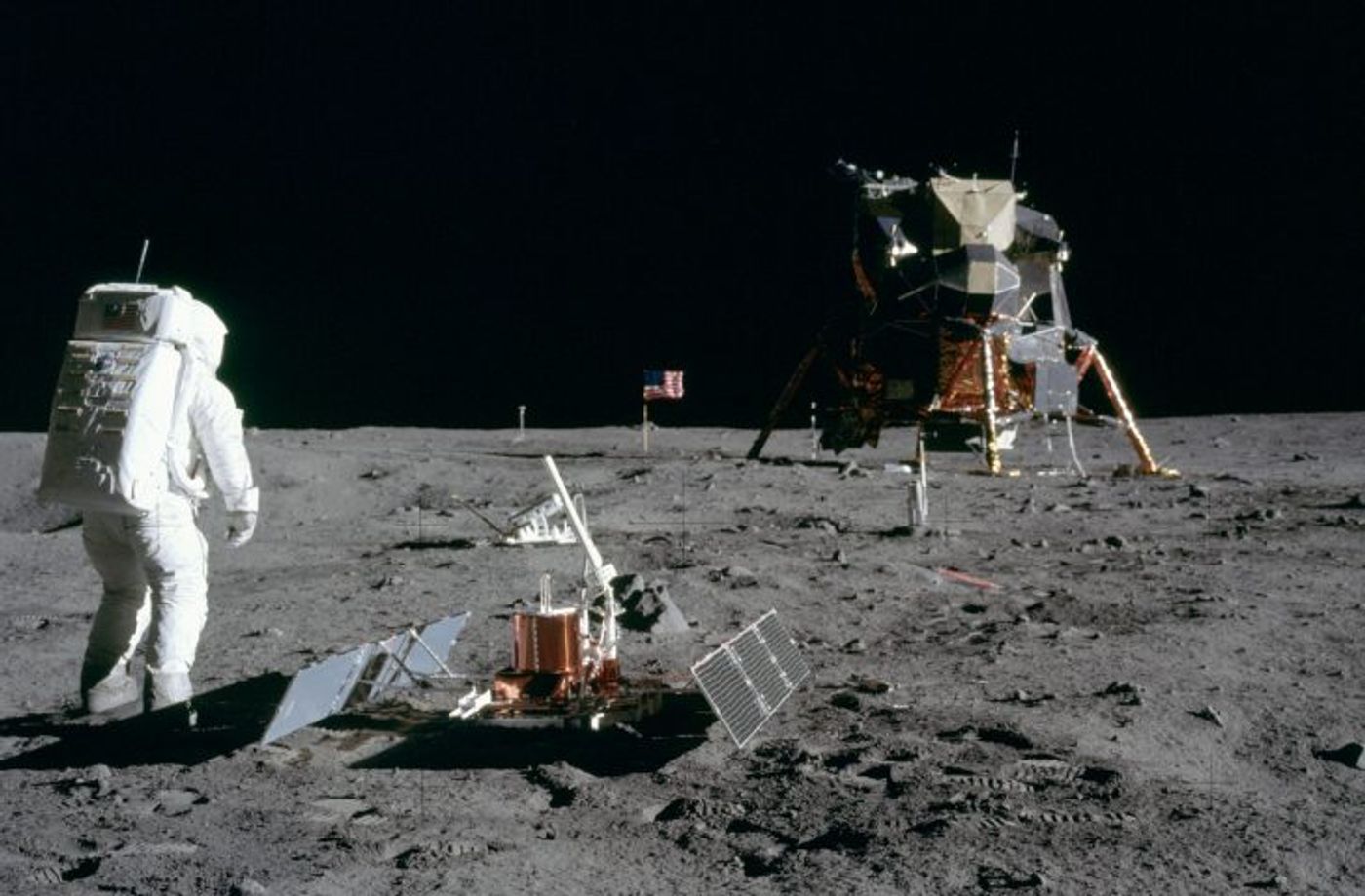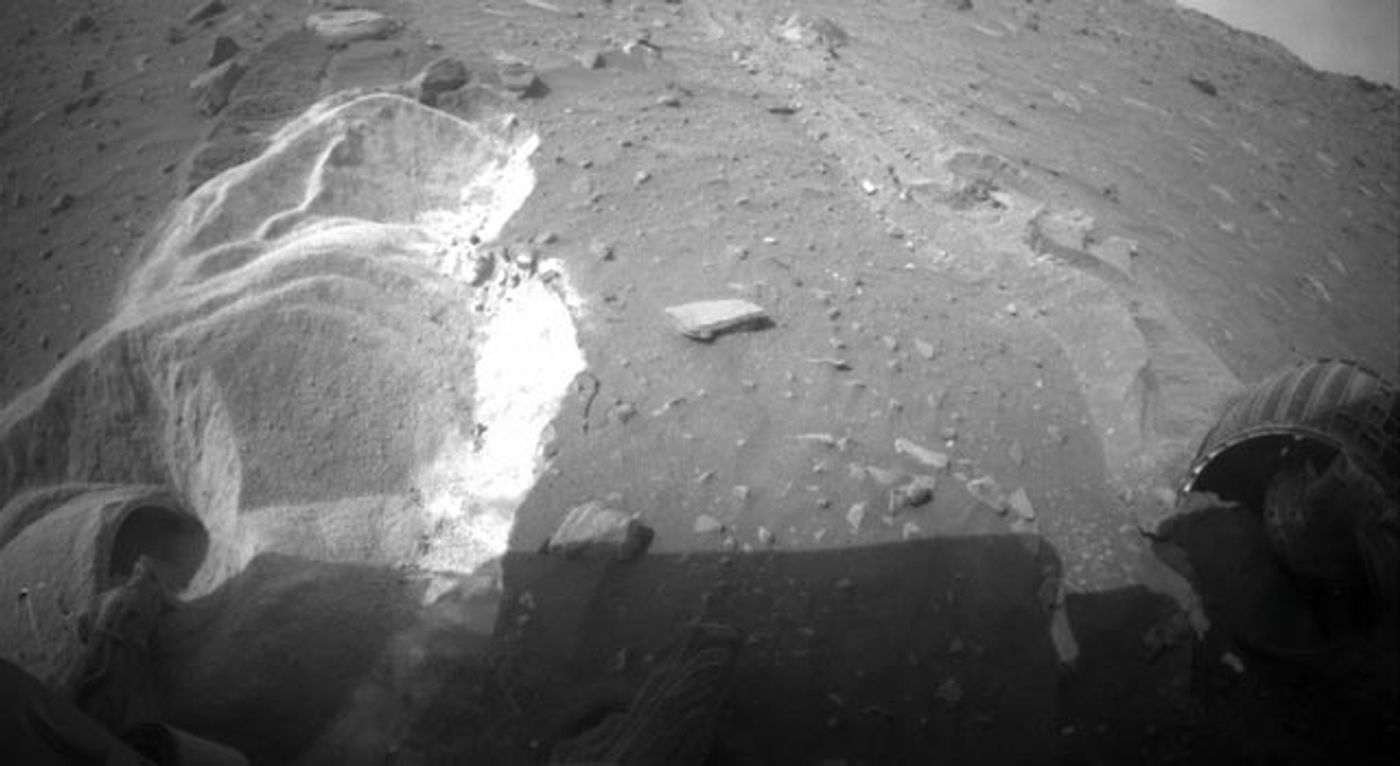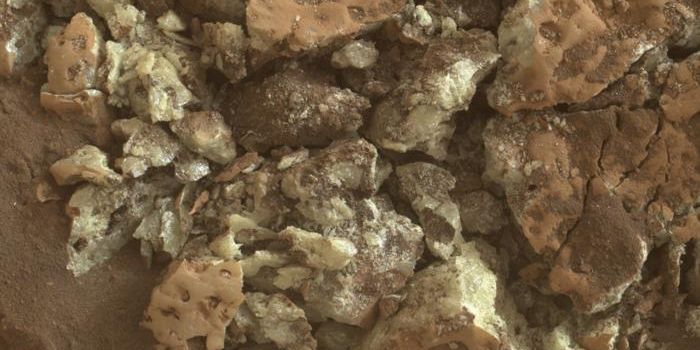Planetary Geoarchaeology: A New Scientific Subfield in the Space Era
As humanity prepares to send humans back to the Moon for the first time in over 50 years with the upcoming Artemis missions, a team of researchers have used a recent paper published in Geoarchaeology to discuss the start of a new subfield, which they refer to as planetary geoarchaeology, whose aim is to preserve and protect “this rapidly increasing archaeological record known as space heritage”, according to the study, with a current emphasis on the Apollo landing sites on the Moon. This study holds the potential to help future explorers be cognizant of past space exploration efforts while we continue to venture into the final frontier.
Apollo 11 astronaut, Edwin "Buzz" Aldrin, looking back at the lunar lander during the Apollo 11 mission to the Moon. This site is one of many that a team of researchers hope to preserve via a new subfield known as planetary geoarchaeology. (Credit: NASA)
“Until recently, we might consider the material left behind during the space race of the mid-20th century as relatively safe,” said Dr. Justin Holcomb, who is a postdoctoral researcher in the Kansas Geological Survey (KGS) at the University of Kansas, and lead author of the study. “However, the material record that currently exists on the moon is rapidly becoming at risk of being destroyed if proper attention isn’t paid during the new space era.”
Planetary geoarchaeology is something Dr. Holcomb began thinking about during the Covid-19 lockdown, and builds upon the ODYSSEY Archaeological Research Program, which was founded in 2003 with the goal of preserving natural sites on Earth as humans continue to migrate across this planet. Dr. Holcomb wishes to extend this thinking to other worlds as humans begin to slowly migrate off-Earth using the same geoarchaeological tools and techniques on Earth, but the methods on how such preservations could be maintained in outer space is still up for debate.
“We’re trying to draw attention to the preservation, study and documentation of space heritage because I do think there’s a risk to this heritage on the moon,” Holcomb said. “The United States is trying to get boots on the moon again, and China is as well. We’ve already had at least four countries accidentally crash into the moon recently. There are a lot of accidental crashes and not a lot of protections right now.”
While the current paper focuses on the Moon, specifically the various NASA Ranger crash sites and Surveyor and Apollo landings sites, the researchers note these same methods could be applied to Mercury, Venus, Mars, Saturn’s largest moon Titan, and various comets and asteroids, as well. On Mars, there are a multitude of extinct landers and rovers from NASA, including the Viking landers and Spirit and Opportunity rovers, and on Titan there’s the Huygens lander. Regarding the Spirit rover, the researchers note the increased risk of it becoming buried in Martian sand dunes ever since it got stuck in Martian dust in 2008 and ran out of battery power.
Image of the front left wheel of NASA's Spirit rover being stuck in Martian regolith in May 2009, which led to the rover not being able to perform the necessary tilt to recharge its batteries. Researchers hope to use a new subfield known as planetary geoarchaeology to preserve the rover one day. (Credit: NASA/JPL-Caltech)
“As planetary geoarchaeologists, we can predict when the rover will be buried, talk about what will happen when it’s buried and make sure it’s well documented before it’s lost,” said Dr. Holcomb. “Planetary scientists are rightfully interested in successful missions, but they seldom think about the material left behind. That’s the way we can work with them.”
How will planetary geoarchaeology help preserve space heritage on the Moon and Mars in the coming years and decades? Only time will tell, and this is why we science!
As always, keep doing science & keep looking up!
Sources: NASA, Geoarchaeology, EurekAlert!, The University of Kansas, Kansas Geological Survey, NASA (1), NASA (2), NASA (3), NASA (4), NASA (5), NASA (6), National Geographic










